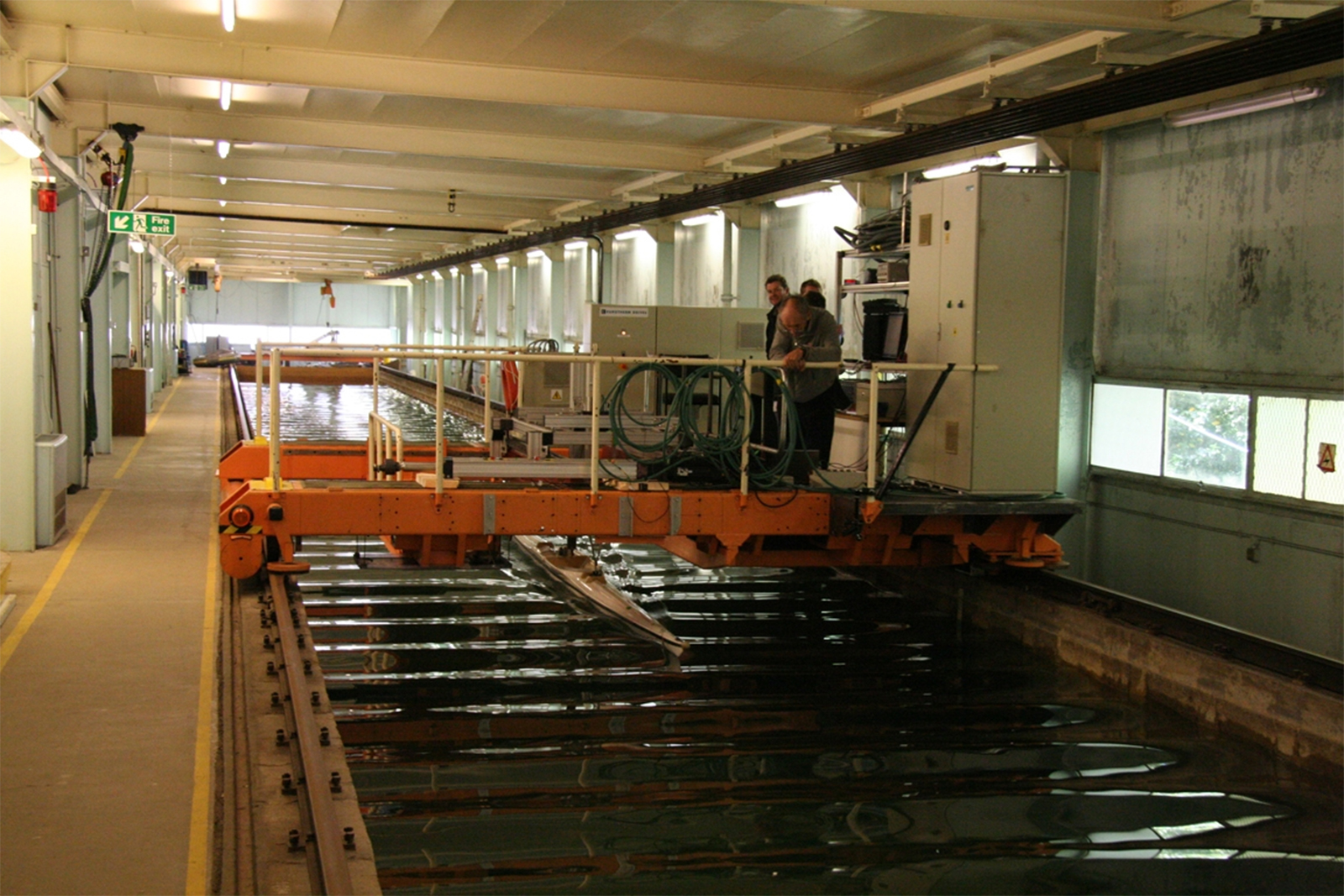Iberdrola
IBERDROLA, via its engineering and construction subsidiary, has started work, with help from our Department of Naval Architecture, Ocean & Marine Engineering (NAOME), on the TLPWIND floating turbine project.
The aim is to “drastically shorten installation times and cut costs” for offshore wind in the UK. Both of these aspects are crucial to the future of offshore wind power.
The €1 million research and development initiative, which is also working with the Offshore Renewable Energy (ORE) Catapult, is backed by Innovate UK. It will promote the installation of offshore wind farms in areas not currently considered feasible because of water depths.
The aim is to “drastically shorten installation times and cut costs” for offshore wind in the UKThe project will involve designing a state-of-the-art floating wind turbine model and an innovative system for installation, to be implemented on a subsequent basis at a number of sites chosen in advance, where water depth ranges between 60 and 100 metres.
The foundations to be designed will be moored to the seabed using tensioned cables that will in turn almost entirely restrict the movement of the platform on which the offshore wind turbine will be placed. The dimensions and weight of the steel used in these platforms will be fully optimised, thereby bringing down construction costs.
Using these foundations, which are designed by IBERDROLA, will mean that it will be possible to carry out most of the installation operations on land and then transfer the infrastructure out to sea. This will simplify the operations involved and bring down costs, as the specialised vessels needed when setting up this kind of infrastructure will not be required for as many hours.
We are involved through our Department of NAOME, a leading department of research in the fields of ocean engineering, survival, maritime safety and offshore renewable energies. The Department boasts one of the best hydrodynamic testing tank facilities in the United Kingdom, the Kelvin Hydrodynamic Laboratory, which IBERDROLA said would be crucial in ensuring the success of the TLPWIND project. Two research students from Strathclyde will work on the project with tank testing starting in spring 2015.
